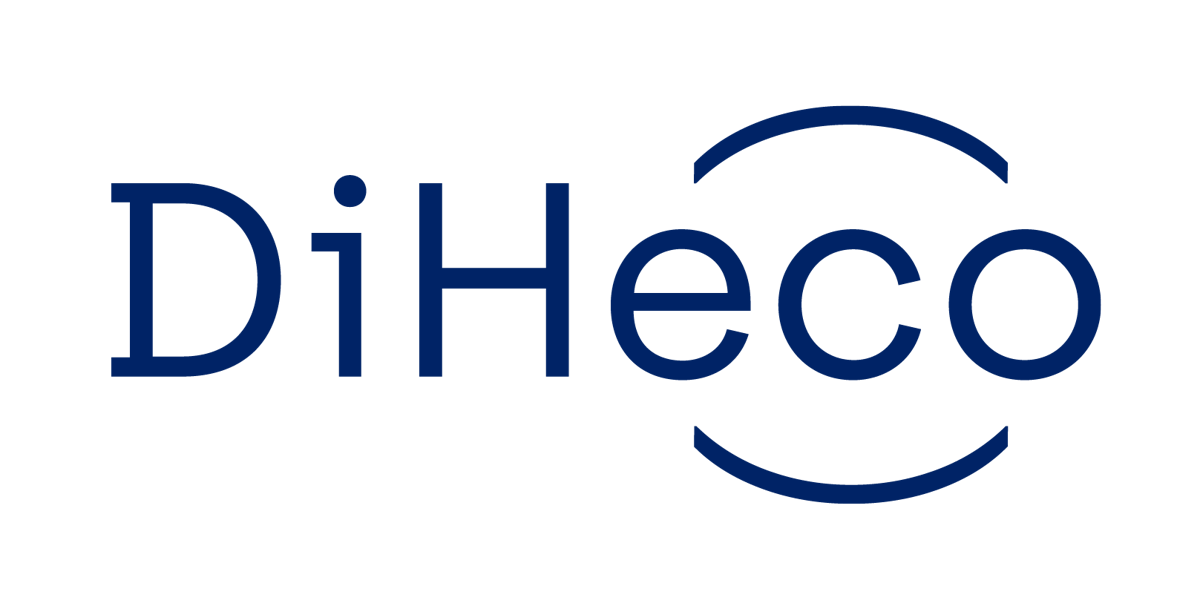Female contribution to digital healthcare management research
The debate on what determines the balance of men and women in different science fields is still very much alive. Stemming from noticeable differences among younger students where a noticeable gap in education experience, performance and expectancy cannot be solely explained by different gender abilities but also by widespread cultural and stereotypical views.
While in other parts of the World, women only represent around 33% of researchers, Lithuania shows us how by example. Over half (approximately 55%) of Lithuanian scientists and engineers are women. Moreover, the gap in gender parity even widens with seniority, as only 11% of European senior research positions are held by women.
While there is an abundance of factors influencing the contrasting distribution of genders, arguably, the best way to shatter these cultural and stereotypical norms is by further exposing the "new normal" of gender parity in our society. In this sense, we present an interesting case of female leadership in science formed in a European-funded science initiative called DiHeco.
The DiHeco project, coordinated by the School of Economics and Business in the Kaunas University of Technology (KTU) in Lithuania, is one current example of gender parity and equality in cross-disciplinary joint action between five European universities. This initiative intertwines management, sociology and engineering science directions.
The initiative aims to study the possibilities of digital healthcare platforms contributing to the healthcare services business. Starting from the primary advisory board and finishing with project leaders and administration, an apparent effort to form gender-diverse teams can be seen.
One prominent outcome is the emergence of female-led internal project teams. Eight small-scale research groups have teamed up, and female scientists have exclusively led four. This proved to be a fruitful practice as the first research paper led by prof. dr. Asta Pundziene has already been accepted to a well-known outlet - the Technovation journal.
Prof. dr. Asta Pundziene is a leading scholar in digital healthcare management. Her competencies and expertise resulted in forming a highly functional cross-disciplinary scientists group that published a conceptual paper on Value capture and Embeddedness in social-purpose-driven ecosystems.
Digital healthcare platforms are becoming increasingly popular and more common, but little has been said about how their value is affected by their embeddedness in a social-purpose-driven ecosystem. In a new study, researchers applied the Profiting from Innovations (PFI) framework and extended it to explore the value captured from digital healthcare platforms embedded in a social-purpose-driven ecosystem. The researchers found that four unique PFI components are significant when capturing value from digital healthcare platforms: multilayer value creation, multipurpose complementary assets, emerging dominant design, and distributed socio-economic returns mechanisms.
The study also found that the embeddedness of a digital healthcare platform in a social-purpose-driven ecosystem has a significant effect on its value capture. This is because platforms that focus on social impact rather than profits, such as those in the healthcare, education, and government sectors, face challenges in scaling and securing funding. These challenges can be overcome by using multiple funding sources, such as public and private funding, to ensure the continuity and scaling of the platform.
The findings of the study have several implications for platform owners and policymakers. They should acknowledge the contextual effect of a social-purpose-driven ecosystem and the challenges that come with it, such as the need for distributed funding and the importance of certain contingencies for value capture. By understanding these factors, platform owners and policymakers can better support the success of digital healthcare platforms and their ability to capture value.
